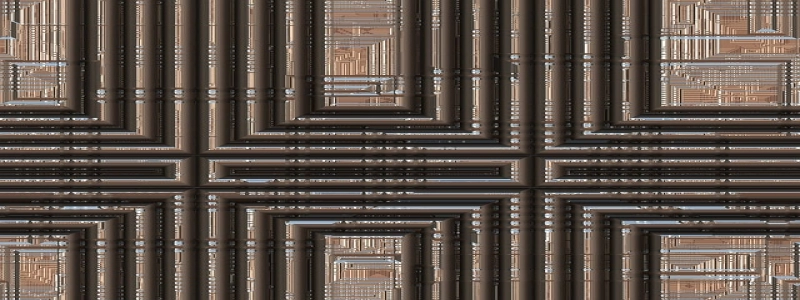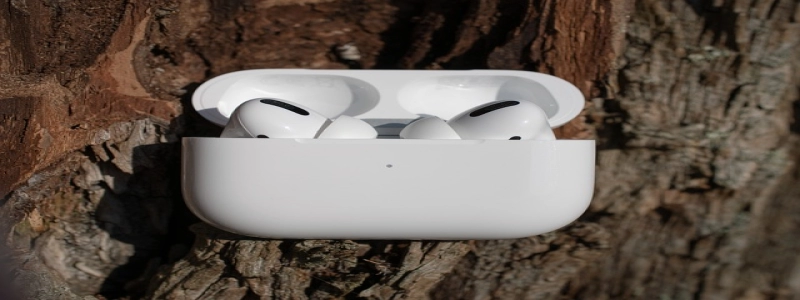DWDM Channel Spacing
Introduction:
In optical communication systems, Dense Wavelength Division Multiplexing (DWDM) is a technology that allows multiple optical signals to be transmitted simultaneously over a single optical fiber. The DWDM technique relies on the use of different wavelengths or colors of light to carry separate data signals, thus increasing the overall data transmission capacity of the fiber. One important factor in the design and implementation of a DWDM system is the channel spacing.
I. What is Channel Spacing?
Channel spacing refers to the frequency separation between neighboring optical channels within a DWDM system. It determines the number of channels that can be transmitted over the fiber and the overall capacity of the system. It is typically denoted in units of gigahertz (GHz) or nanometers (nm) since wavelength and frequency are inversely related.
II. Importance of Channel Spacing:
Proper channel spacing is crucial for achieving high spectral efficiency and minimizing interference in a DWDM system. If the channel spacing is too wide, it results in unused gaps between channels, reducing the overall capacity of the system. On the other hand, if the channel spacing is too narrow, it can lead to crosstalk and inter-channel interference, degrading the quality of transmitted signals.
III. Choosing the Optimal Channel Spacing:
The optimal channel spacing depends on several factors such as the transmission distance, available bandwidth, and the type of optical amplifiers used in the system. As a general guideline, larger channel spacing is suitable for longer transmission distances, whereas smaller channel spacing is preferable for shorter distances to maximize capacity.
IV. Standard Channel Spacing Options:
The ITU-T G.694.1 recommendation provides a set of standard channel spacing options for DWDM systems. The most commonly used channel spacing values are 50 GHz and 100 GHz. In these cases, the neighboring channels are separated by 50 GHz or 100 GHz, respectively. These standard channel spacings have been widely adopted in the industry, ensuring interoperability between different vendors’ equipment.
V. Coarse Wavelength Division Multiplexing (CWDM):
In addition to DWDM, there is another technology called Coarse Wavelength Division Multiplexing (CWDM). CWDM utilizes wider channel spacing, typically 20 nm, which is equivalent to approximately 2.5 THz. CWDM is often used for shorter transmission distances and for applications where cost-effectiveness is a primary concern.
Conclusion:
In summary, channel spacing plays a crucial role in the design and operation of DWDM systems. Proper selection of channel spacing is essential to maximize the system’s capacity while minimizing interference. Standard channel spacing options such as 50 GHz and 100 GHz have become widely adopted in the industry, ensuring compatibility between different network components. Additionally, CWDM offers a cost-effective alternative with wider channel spacing for shorter transmission distances. Ultimately, careful consideration of channel spacing is necessary to achieve efficient and reliable optical communication.








